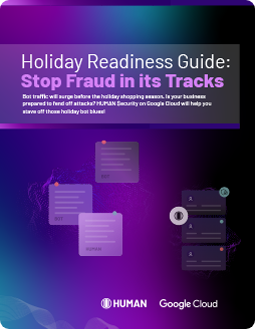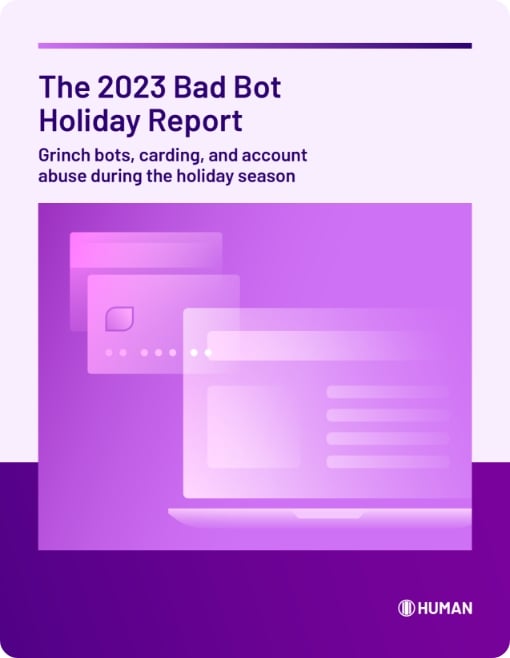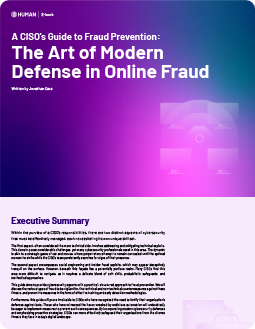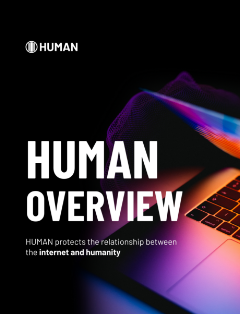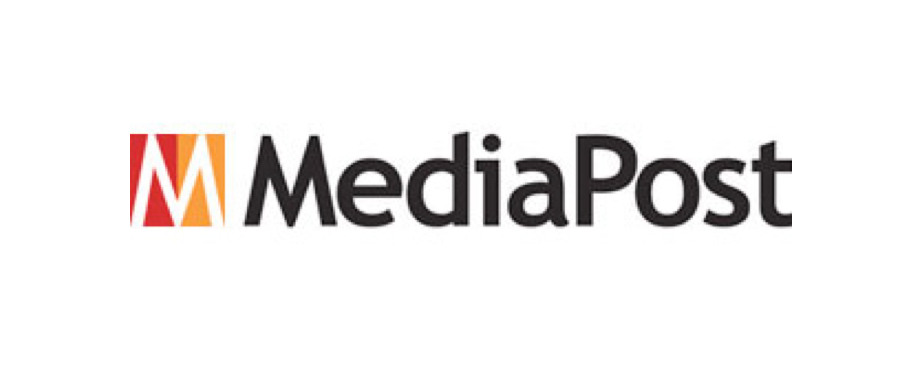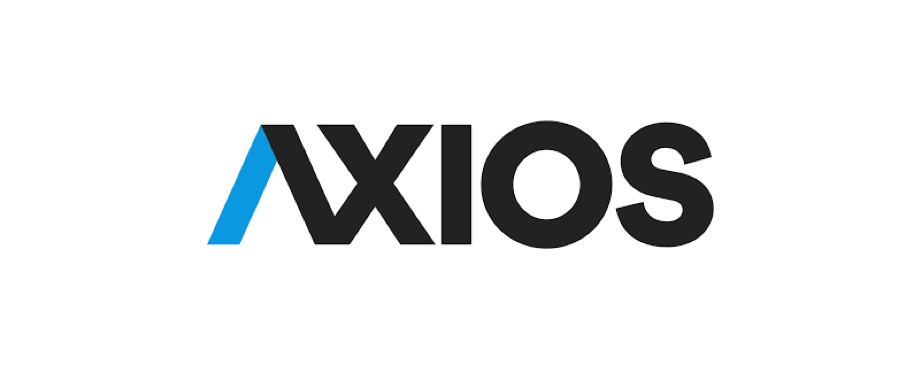MAY 1, 2019 – NEW YORK –Economic losses due to bot fraud are expected to total $5.8 billion globally this year, but for the first time ever more fraud will be stopped in 2019 than will succeed, according to the fourth Bot Baseline report from White Ops and the ANA (Association of National Advertisers).
The monetary losses, while significant, are an improvement over the $6.5 billion reported in the previous study released in 2017. The 11 percent decline in two years is particularly noteworthy considering that digital ad spending increased by 25.4 percent between 2017 and 2019.
“We are coming off a year of unprecedented industry collaboration that has proved to be a powerful tool for tackling ad fraud at a global scale,” said Tamer Hassan, CEO and Co-founder at White Ops. “But it is important to remember that fraud will always follow the money. As spending moves into new ad frontiers like CTV, it is increasingly important for marketers to stay vigilant and to recognize that fraud is a cybersecurity problem, not merely a measurement challenge and cannot be handled as such.”
The study revealed that while fraud attempts amount to 20-35 percent of all ad impressions throughout the year, the amount of fraud that gets through and gets paid for is now much smaller. For the first time, the majority of those fraudulent impressions are now getting invalidated by demand-side platforms (DSPs) or supply-side platforms (SSPs), filtered as SIVT before being paid for, or invalidated later via claw backs (the recovery of ad spend after a campaign has run). Absent of those measures, fraud losses would have grown to an estimated $14 billion annually, the report said.
When broken down by category, the report showed that eight percent of display advertising impressions are fraudulent (down from nine percent in 2017) while 14 percent of video ads are fake (down from 22 percent).
Key findings in the 2019 Bot Baseline Report were presented today at the ANA’s annual Advertising Financial Management Conference.
“The decrease in ad fraud suggests that the war on fraud is winnable,” said ANA CEO Bob Liodice. “Less fraud means more resources can be devoted to brand and business building.”
Key findings, and factors that contributed to decline in ad fraud include:
- Ads.txt, which was created by the IAB Tech Lab to help publishers create lists of authorized media sellers, has worked to reduce desktop spoofing. The rates for desktop ad fraud were the lowest in the history of the report.
- It has become more expensive and less efficient to buy sophisticated, realistic bot traffic. Many bot traffic vendors have been driven out of business or underground, reducing the availability of bot traffic sold at “retail” on the open web to anyone with a credit card. Efforts by the Trustworthy Accountability Group (TAG) and their Certified Against Fraud program, coupled with groups working together to dismantle botnets, have drastically reduced both the supply and the demand for traffic from vendors that are caught selling bot traffic. Today, more sophisticated bot buying operations have been forced underground, to invitation-only forums and chat rooms, which require a more sophisticated buyer.
- More programmatic dollars are transacted through platforms with built-in fraud prevention measures. Advertisers are directing more of their money through buying channels with dedicated, independent fraud prevention measures, an option that wasn’t available at the time of the original study in 2014. Today, there are third-party security firms treating fraud-fighting as a dedicated function. When security is separated from audience and media intelligence, collaboration across platforms becomes substantially easier to scale. These measures help marketers avoid bidding on invalid traffic by default, without extra effort.
RECOMMENDATIONS:
The study recommended that marketers take the following steps to help reduce ad fraud:
- Work with the buy-side platforms who are building in fraud detection, requiring ads.txt, and pushing the adoption of new protections like app-ads.txt.
- Work with the sell-side platforms who are helping everyone, including the long-tail publishers that make the web so great, to adopt protections like ads.txt and transparency-supporting standards like VAST 4.1.
- Reject the temptation of buying “for tonnage,” i.e., space on high-risk and less valuable placements, which are filled with undisclosed incentivized inventory and adware.
- Push for the right to hold every platform, ad format, and buying channel to the same high standard of independent validatability.
METHODOLOGY
Fifty ANA member companies participated in this year’s study. White Ops worked with brand advertisers and their agencies to analyze digital advertising activity data between August 1, 2018 and September 30, 2018.
###
ABOUT THE ANA
The ANA (Association of National Advertisers) makes a difference for individuals, brands, and the industry by driving growth, advancing the interests of marketers, and promoting and protecting the well-being of the marketing community. Founded in 1910, the ANA provides leadership that advances marketing excellence and shapes the future of the industry. The ANA’s membership includes more than 1,850 companies and organizations with 20,000 brands that engage almost 100,000 industry professionals and collectively spend or support more than $400 billion in marketing and advertising annually. The membership is comprised of more than 1,100 client-side marketers and more than 750 marketing solutions provider members, which include leading marketing data science and technology suppliers, ad agencies, law firms, consultants, and vendors. Further enriching the ecosystem is the work of the nonprofit ANA Educational Foundation (AEF), which has the mission of enhancing the understanding of advertising and marketing within the academic and marketing communities.
ABOUT WHITE OPS
White Ops is a cybersecurity company that protects the Internet from malicious bot activity. Globally, software-as-as-service from White Ops determines the validity of nearly 100 billion transactions per day on behalf of over 200 customers. Our proactive adaptation, Internet-scale, and multi-layered methodology have made us the platform of choice for some of the largest and most forward-thinking platforms and brands. For more information, visit www.whiteops.com.
